Printable Spanish Worksheets Preterite
Are you in search of printable Spanish worksheets that specifically focus on the preterite tense? Look no further! This blog post will provide you with a collection of engaging worksheets that are tailored to help individuals master the usage of the preterite tense in Spanish. Whether you are a student trying to improve your language skills or a teacher looking for supplementary materials for your classroom, these worksheets will be a valuable resource for you.
Table of Images 👆
More Other Worksheets
Kindergarten Worksheet My RoomSpanish Verb Worksheets
Cooking Vocabulary Worksheet
DNA Code Worksheet
Meiosis Worksheet Answer Key
Art Handouts and Worksheets
7 Elements of Art Worksheets
All Amendment Worksheet
Symmetry Art Worksheets
Daily Meal Planning Worksheet
What is the Preterite tense in Spanish?
The Preterite tense in Spanish is used to describe completed past actions or events that occurred at a specific point in time. It is often used to talk about actions that happened once, for a specific duration, or in a series of events.
How is the Preterite tense formed for regular verbs in Spanish?
To form the Preterite tense for regular verbs in Spanish, you typically remove the infinitive ending (-ar, -er, -ir) and add the appropriate preterite endings: -é, -aste, -ó, -amos, -asteis, -aron for -ar verbs; -í, -iste, -ió, -imos, -isteis, -ieron for -er and -ir verbs. For example, for the verb "hablar" (to speak), you would change it to "hablé" (I spoke). Regular verbs with stem changes follow similar rules, with minor adjustments to the stem in the present tense.
What are some common irregular verbs in the Preterite tense?
Some common irregular verbs in the Preterite tense include "ir" (to go), "ser" (to be), "dar" (to give), "hacer" (to do/make), "tener" (to have), "poder" (to be able), "poner" (to put/place), "saber" (to know), "querer" (to want), "decir" (to say/tell), and "venir" (to come). These verbs have unpredictable conjugations in the Preterite tense and must be memorized individually.
What is the difference between regular and irregular verbs in the Preterite tense?
In the Preterite tense, the main difference between regular and irregular verbs lies in their conjugation. Regular verbs in the Preterite tense follow a predictable pattern in their endings depending on the verb's infinitive form. Irregular verbs, on the other hand, do not follow this regular conjugation pattern in the Preterite tense and instead have unique conjugations that need to be memorized individually. This means irregular verbs require more attention and practice to correctly conjugate in the Preterite tense compared to regular verbs.
How do you conjugate regular -ar verbs in the Preterite tense?
To conjugate regular -ar verbs in the Preterite tense in Spanish, you simply remove the -ar ending and add the appropriate endings depending on the subject. For example, for the verb "hablar" (to speak), the conjugations would be: yo hablé, tú hablaste, él/ella/usted habló, nosotros/as hablamos, vosotros/as hablasteis, ellos/ellas/ustedes hablaron.
How do you conjugate regular -er and -ir verbs in the Preterite tense?
In the Preterite tense, regular -er and -ir verbs are conjugated in Spanish by removing the infinitive endings (-er or -ir) and adding the respective endings: -í, -iste, -ió, -imos, -isteis, -ieron for -er verbs and -í, -iste, -ió, -imos, -isteis, -ieron for -ir verbs. For example, the verb "comer" (to eat) in the Preterite tense conjugates as "comí, comiste, comió, comimos, comisteis, comieron" and the verb "vivir" (to live) in the Preterite tense conjugates as "viví, viviste, vivió, vivimos, vivisteis, vivieron.
What are some common phrases or indicators that signal the use of the Preterite tense?
Common phrases or indicators that signal the use of the Preterite tense in Spanish include specific time expressions like "ayer" (yesterday), "anoche" (last night), "la semana pasada" (last week), and "el año pasado" (last year). Verbs like "comer" (to eat), "hablar" (to speak), and "ir" (to go) also often indicate the Preterite tense when they are conjugated in the appropriate form. Additionally, actions that are completed in the past or occurred at a specific point in time are typically expressed using the Preterite tense.
What are some common keywords that are used with the Preterite tense?
Some common keywords that are used with the Preterite tense in Spanish are ayer (yesterday), anoche (last night), la semana pasada (last week), el mes pasado (last month), hace dos días (two days ago), el año pasado (last year), and de repente (suddenly).
How do you express specific time frames in the Preterite tense?
To express specific time frames in the Preterite tense in Spanish, you typically use time expressions such as "ayer" (yesterday), "la semana pasada" (last week), "anoche" (last night), "el año pasado" (last year), or specific dates like "el 3 de junio" (June 3rd). These time markers help indicate when the action or event happened in the past and signal the use of the Preterite tense to show that it is a completed action in a specific timeframe.
What are some common exercises or activities in Printable Spanish Worksheets Preterite that help reinforce understanding of the tense?
Some common exercises or activities in Printable Spanish Worksheets Preterite that help reinforce understanding of the tense are fill-in-the-blank exercises with regular and irregular verbs in the preterite, completing sentences with the correct preterite form of the verbs provided, conjugation practice with specific verbs in the preterite tense, creating sentences or short stories using verbs in the preterite, and practicing dialogue exchanges with a focus on using verbs in the preterite tense. These activities can help students to grasp the different forms and meanings of the preterite tense in Spanish.
Have something to share?
Who is Worksheeto?
At Worksheeto, we are committed to delivering an extensive and varied portfolio of superior quality worksheets, designed to address the educational demands of students, educators, and parents.

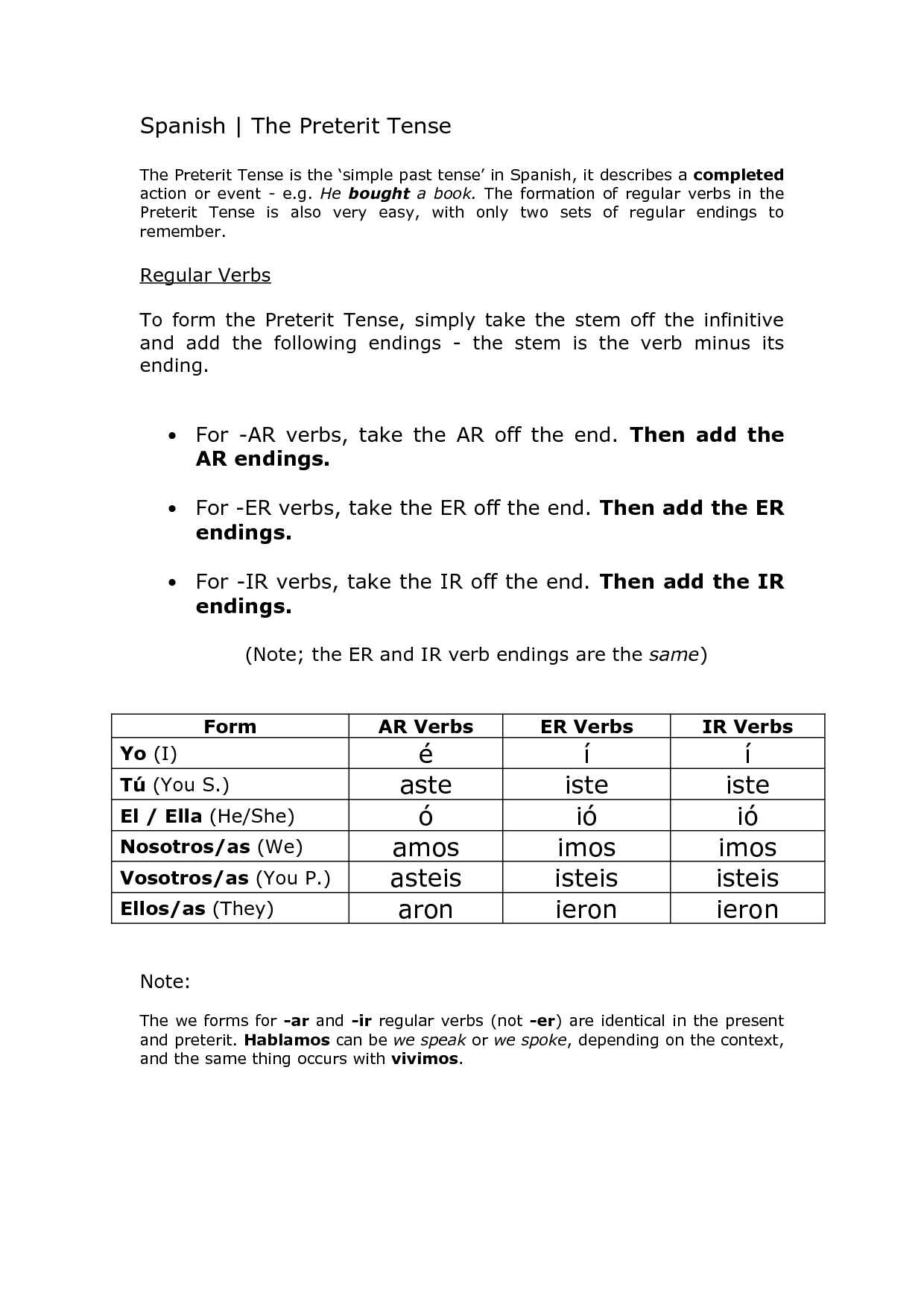



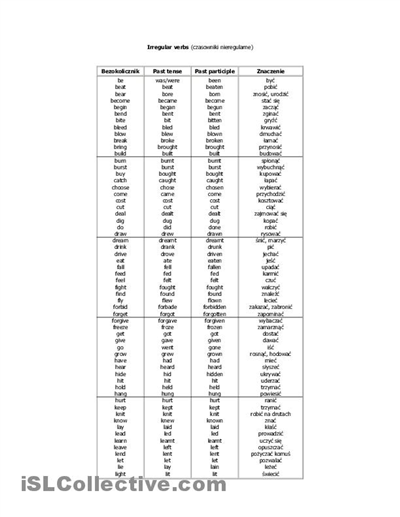
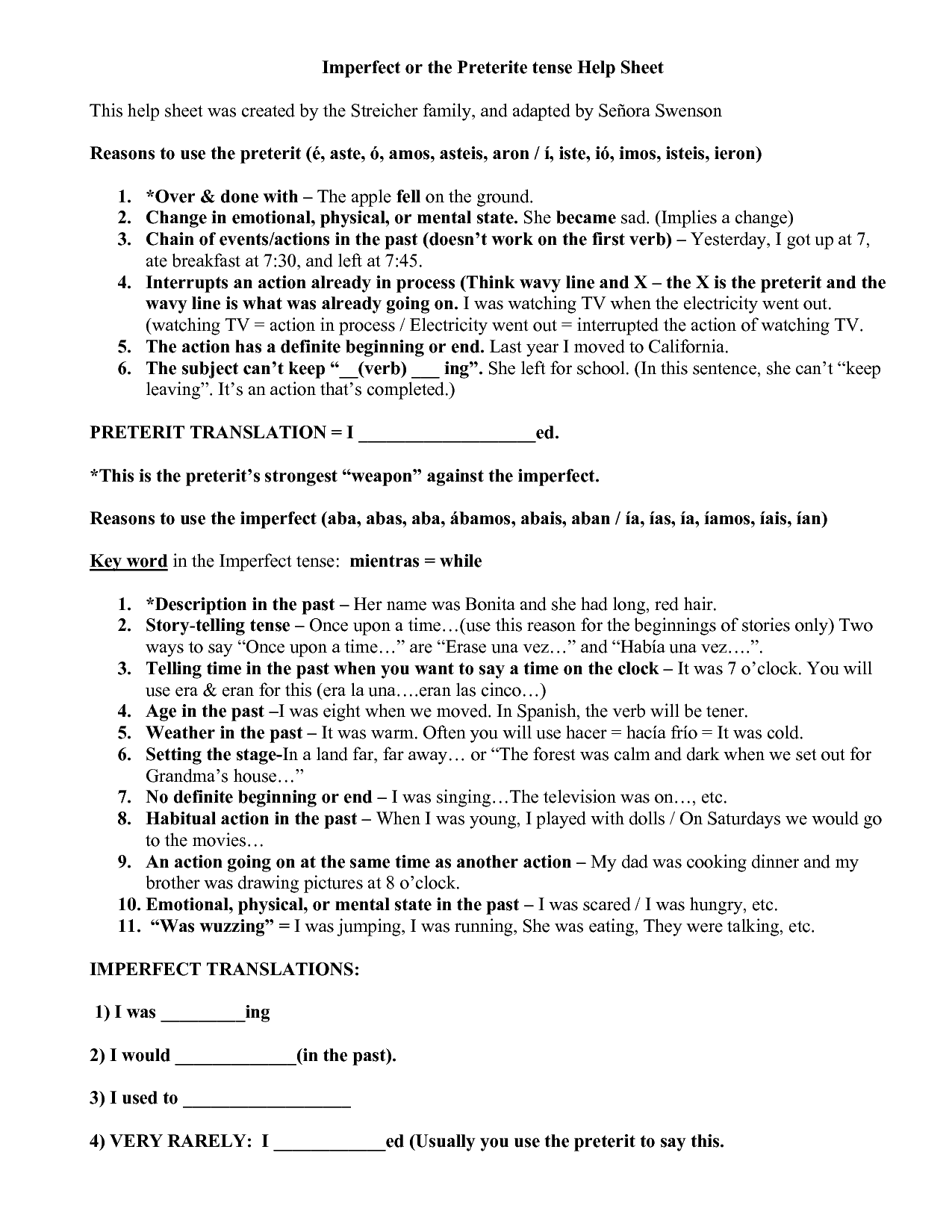
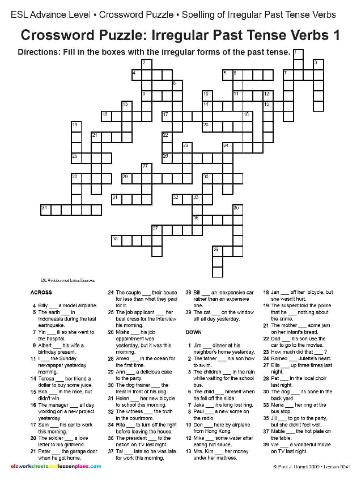
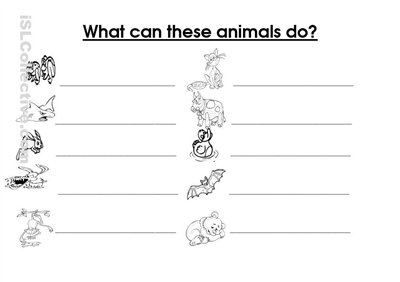























Comments